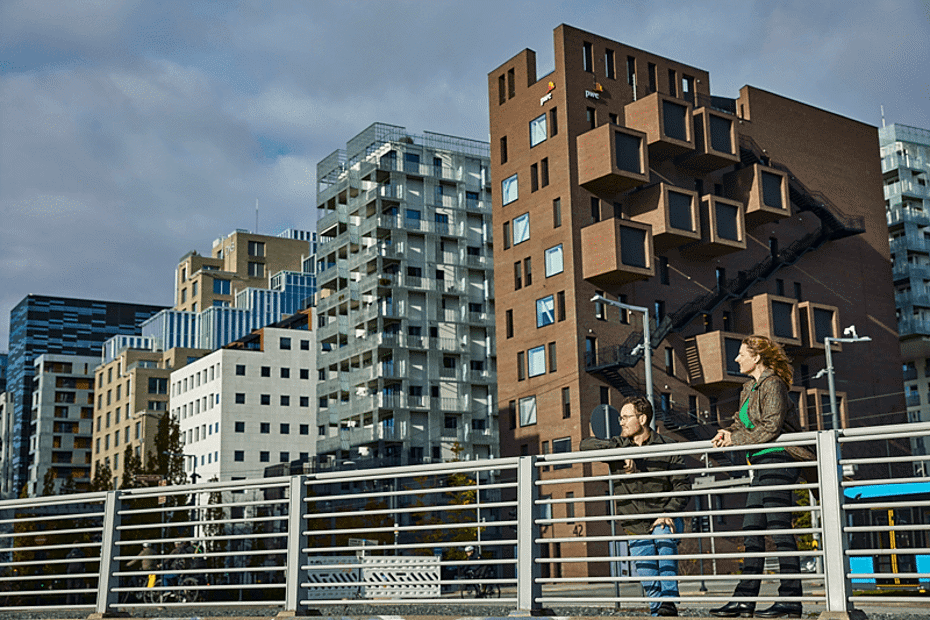Energy mapping

Photo: Bård Gudim
Many homes, housing associations, condominiums and commercial buildings have a large untapped potential for reducing energy costs. An energy survey gives you an overview of where your building uses a lot of energy, and which measures will reduce energy consumption.
The purpose of having an energy survey carried out will be to reduce the residents' or building's energy costs. This can be achieved with various energy efficiency measures.
Why energy surveys are a good investment
- Gives the owner and operator better knowledge of the building stock and use of the building
- Identifies and prioritizes energy saving opportunities
- Reduces operating costs
- Reduces climate footprint
- Increases home value
- Better conditions for financing and insurance
- Provides the opportunity to apply for support from Enova, Oslo Municipality, etc.
- Particularly relevant when there is a need for rehabilitation and upgrading
Energy survey step by step
Step 1: Definition and data collection. Initial conversations and planning: finances, ambitions and assumptions are reviewed so that the energy advisor becomes familiar with the project.
Step 2: Inspection of the facility to map energy losses and losses: the energy advisor visits the building or business to map energy losses and identify potential energy efficiency measures. Looks at the building, technical facilities, operation and documentation (data sheets, etc.).
Step 3: Analyze the collected data. Model with the computer simulation program Simien, according to Enova requirements and the energy labeling regulations.
Step 4: Identify and prioritize measures
- Operation recommendations and immediate measures: These are measures that are assumed to be profitable, but which constitute a modest energy saving and/or concern simple adjustments in operation and use that do not constitute a significant investment cost. The measures are stated with a short description (no associated calculations).
- Measures for further assessment: These are measures where it is difficult to specify energy savings or profitability, or the measure is not seen as relevant now, but may become relevant in connection with a future maintenance need. The measures are stated with a short description (no associated calculations).
- Investigated measures: Measures that are expected to have significant energy and/or power savings or that can provide significant energy production, where it is appropriate to make calculations to assess the profitability of the measure.
Step 5: Report
Support schemes
Enova provides financial support to housing associations, condominiums and commercial buildings that want to improve energy efficiency. We help you with everything related to the applications.
Housing associations and condominiums can have 50% of the costs for energy mapping covered through Enova.
Our energy advisors assist with small and large questions regarding energy mapping and which support schemes should be used.
Contact us about energy mapping

